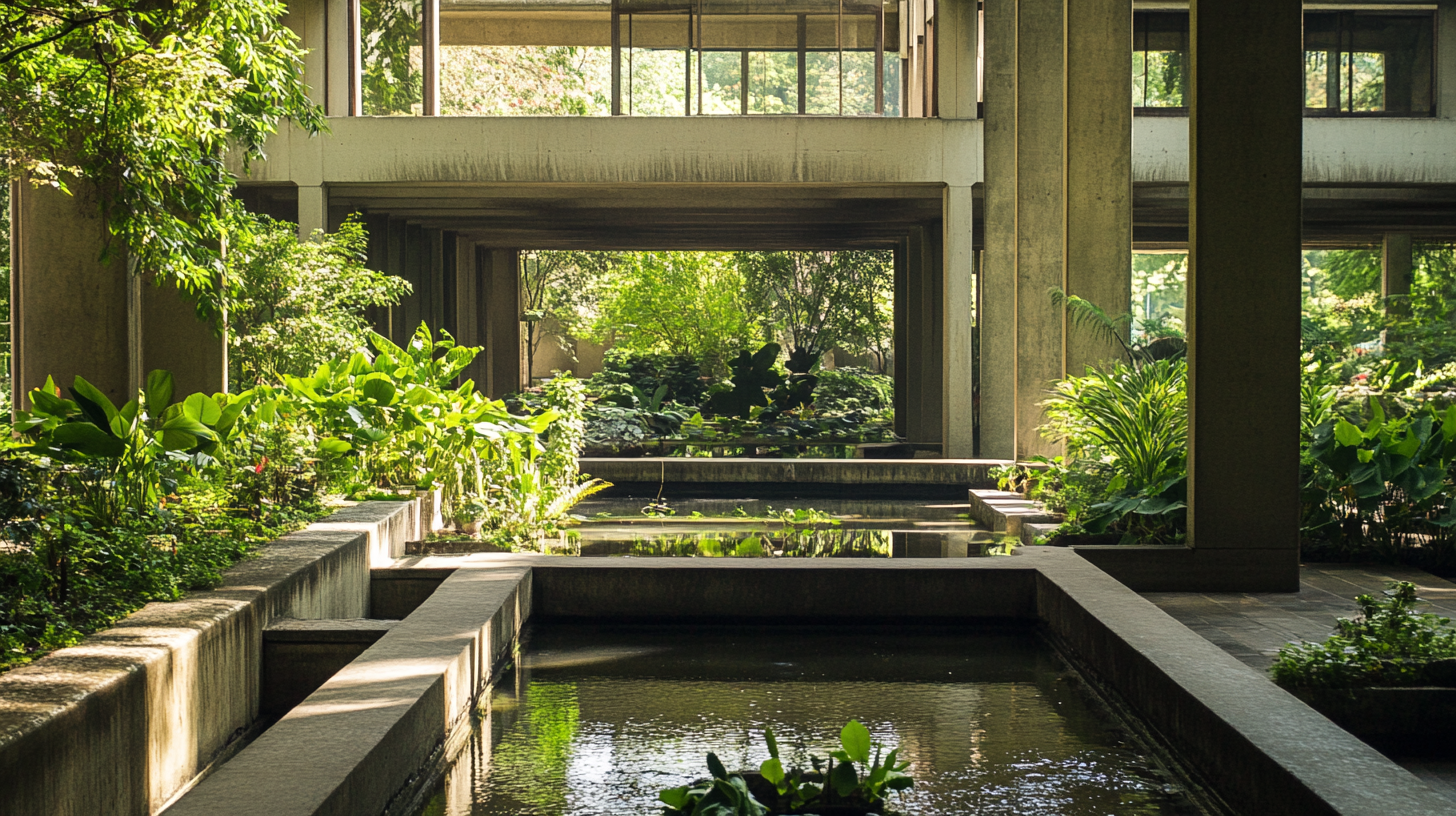
Revamp plans at Longwood Gardens
Longwood Gardens is undergoing a transformation, and mate, it’s quite the undertaking. The famous botanical garden in Pennsylvania has enlisted top-tier firms—Weiss/Manfredi and Reed Hildebrand—to spearhead this extensive renovation. The endeavour aims to refresh the area while preserving its beloved character. This isn’t merely about adding a few plants and some fresh paint; we’re looking at a significant redesign of the conservatory and the adjacent landscape.
The strategy involves enlarging the conservatory to accommodate more exhibits and establishing new public areas while maintaining a harmonious relationship between nature and architecture. The firms are dedicated to enhancing the visitor journey, incorporating new pathways, water features, and even a few delightful surprises dispersed throughout the gardens. It’s all about intertwining the traditional with the contemporary, paying homage to the past while gazing towards the future.
And while the renovation work is underway, rest assured—Longwood Gardens will remain accessible to the public during this time. So, if you find yourself in Pennsylvania, you can still swing by to witness the progress. Be careful where you step, and perhaps consider bringing a hard hat for extra safety.
architectural inspirations of Roberto Burle Marx
Regarding Roberto Burle Marx, this gentleman was no average landscape architect. He was, in fact, quite a legend. Renowned for his striking, abstract designs and passion for indigenous plants, Burle Marx created a distinctive blend of art and nature in his projects. His mark on Longwood Gardens is unmistakable, particularly in how the landscape flows like a vibrant, alive canvas. It’s akin to strolling through one of his artworks, albeit with more greenery and less paint.
Burle Marx had a talent for harmonizing the natural with the constructed; a style centred around equilibrium without succumbing to rigidity. He avoided the limits of straight lines and symmetry; his designs embraced curves and organic forms, reflecting the unpredictable splendour of nature itself. This is evident in the layout of the gardens at Longwood—there’s an impression of movement and fluidity as if the landscape is in constant transformation.
However, aesthetics were not the only concern for Burle Marx. He was also a fervent proponent of conservation long before it became fashionable. He advocated for using native plants, especially those from his homeland of Brazil, and promoted sustainable design practices. It’s no wonder that his influence continues to echo in contemporary projects like this one. The renovation at Longwood Gardens aligns perfectly with his philosophy—creating beautiful, practical spaces that honour and celebrate the natural environment.
Let’s not overlook that Burle Marx was quite the multifaceted savant. He didn’t limit himself to being only a landscape architect; he was also a painter, sculptor, and musician. So, as you wander through the gardens, you’re not merely observing plants and pathways—you’re engaging with the creations of an artist who perceived the world through a uniquely creative perspective. It’s no surprise that his legacy continues to inspire architects and designers worldwide, including those involved in this latest renovation.
